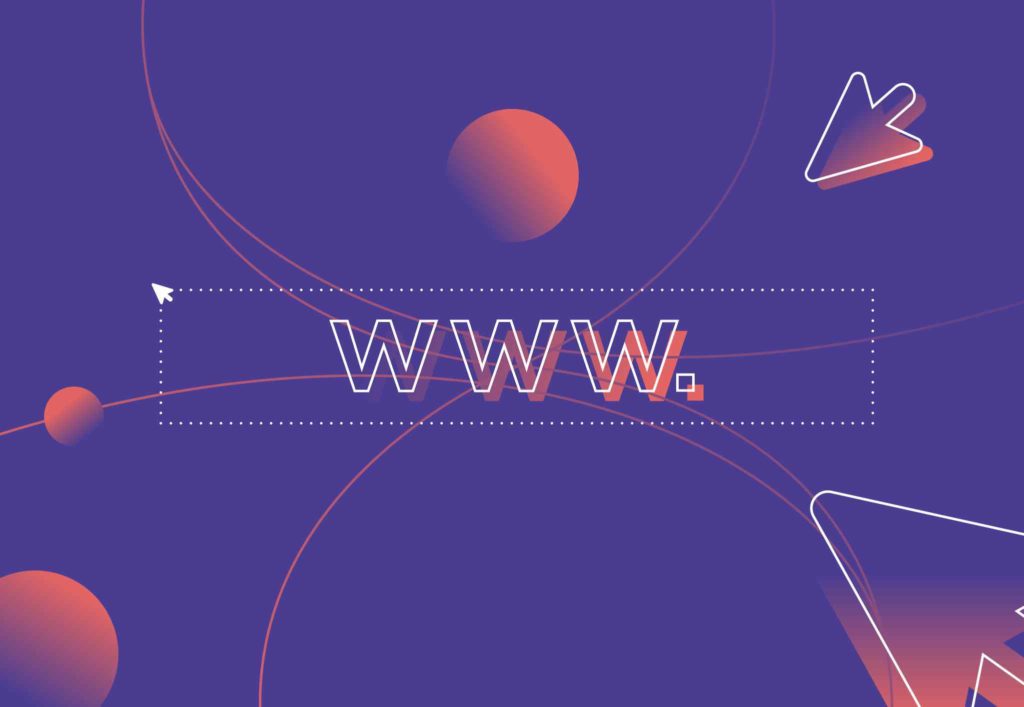
Supported browsers and their effect on your website

When it comes to web browsers, we all have our favourite. Back in the day, more or less everybody “surfed” the web via Internet Explorer (IE). Fast-forward to the present day and there are a whole host of browsers for users to choose from. Web browser popularity has shifted over the years as more options become available, and the trend shifts from one popular choice to another and for the once-dominant IE, the near-instantaneous development of Chrome meant it was soon seen as a ‘relic’.
There is always greener grass and users want to be there. Sadly the older browsers have to die out at some point, and they are all sent to the same graveyard as the infamous Netscape Navigator.
As such, I wanted to take a look at the state of play in the current web browser market (as it were) and touch upon some of the browser trends we expect to see in 2022 and beyond.
Who is the current market leader?
Numbers don’t lie; Google Chrome is currently (and has been for a while) the ‘Michael Jordan’ of browsers. Data from Stat Counter shows that since February 2019 to the present day, Chrome was the most popular choice with 63% of the market share.
There’s no denying that that number is impressive on its own, it is even more mind-blowing when you consider that Internet Explorer had just under 70% of the market as recently as Jan 2009 – Jan 2010!
In order to keep up with the Joneses and potentially turn the tide on Google Chrome, back in 2015, Microsoft began to turn their attention to the development of ‘Edge’, and eventually released the browser on January 15, 2020, implementing an automatic rollout of the new version via Windows Update for Windows 7, 8.1, and Windows 10 versions from 1903 to 2004.
Since then, Microsoft has ceased support for all but the latest Internet Explorer (IE) version. However, as the chart above suggests, regaining market share and getting back to the top of the browser pile is very much easier said than done.
Join the revolution
Attempting to disrupt the incredible market share afforded to Google may appear to be impossible, but with the release of the new and improved ‘Edge’ in 2020, Microsoft believed (and still do believe) that they have the tool to do so.
Being rebuilt on the same Chromium source code that Google Chrome is based on has allowed the latest versions of the Edge browser to receive a huge boost in the last year or so. Rebuilding on Chromium has helped open the browser up to more platforms.
It now appears that Microsoft has introduced a product that will be more appealing than its predecessor, IE. However, only time will tell if enough developers and users will be encouraged enough to make a dent into Google’s seemingly invulnerable lead.
Website compatibility with different browsers
A website’s compatibility ultimately plays a large part in the success of a business’ website as a whole. Incompatibility with certain browsers limits the audience of that website. In what appears to be a domino-effect, this goes on to result in limited traffic on that particular website which can bring down its conversion. This means that browser compatibility is among the prime aspects to cater to while a website is in the development phase.
When it comes to different browsers, each one provides varying modes of translation of the text that shows on a website in each specific browser. This specific mode of translation is used to translate the HTML coding of a website. Whilst the standard of rules remains, the difference tends to occur with how the browser interprets the coding found within a website. Modern browsers are able to easily decode most modern HTML coding far more efficiently than older browsers do.
As such, this is the main reason why there is an unwritten rule within the realm of website development, which states that when developers are building a website, it’s imperative for them to build said website so that it is compatible with no less than three different kinds of browsers (usually being Chrome, Safari, and IE). If the browser fails to read the HTML coding of the website, either the website does not appear as it is supposed to on that browser, or is not completely functional on it. In this instance, the website’s reach will be adversely effected as a result. Not only that, but additionally, website developers must also make sure that the website they are building is compatible with all the different types of operating systems, whilst also taking into account different screen sizes, as well as screen resolutions in order to achieve a perfect display.
What browsers does Embryo support?
In the Embryo office, we’d be amiss to say that Chrome wasn’t our primary browser. In fact it is our go-to browser.
This is due to the ease of development that Chrome allows developers, all thanks to the best-in-class tools available. Additionally, Chrome usually provides developers with the newest features first. However, it must be said that during our testing phase, prior to launching a website, it is imperative that we use other browsers and as such, we have access to any browser required for us to test our developed sites on.
At Embryo, we use the term “browser support” which refers to all websites designed and developed by our project team, to ensure that they display correctly, are fully usable, and are compliant to the best of our ability, on the specified browsers.
When Microsoft and their browser are included, our development focus is building websites that are suitable for their more recent browsers like Edge.
What does this mean for me?
Not all browsers and devices render web pages in exactly the same way as the next. For example, some fonts may present slightly differently when comparing Internet Explorer to Google Chrome, but at Embryo, we will always strive to provide a finished website that looks as close to the signed-off design as possible.
Get in touch for more information about the browsers we currently support on the desktop versions of Windows and Mac OS. Before starting a project, we will always specify the browsers our websites will be functional on.
Get in touch if your site needs a browser compatibility boost. We are always happy to help!



